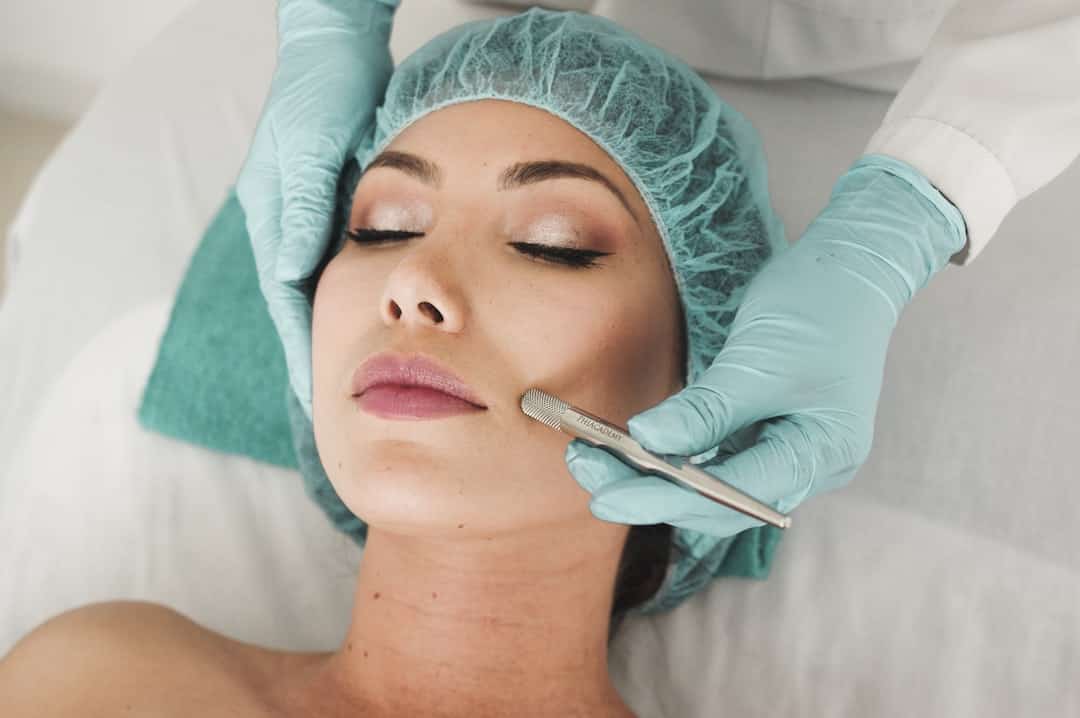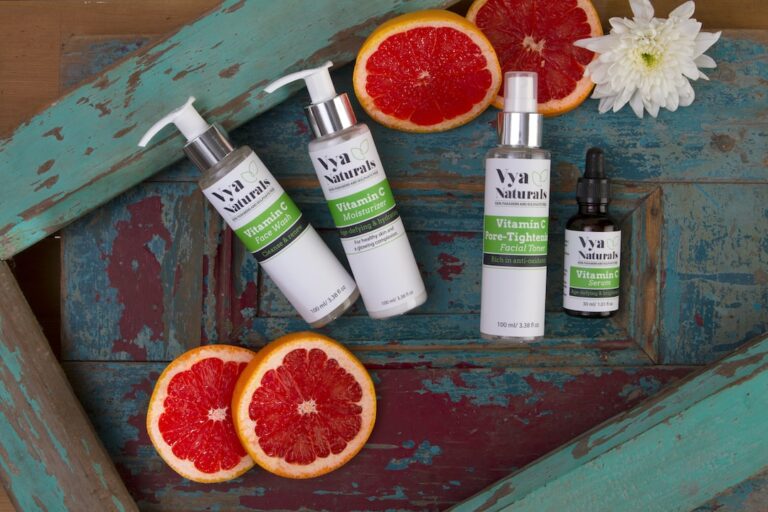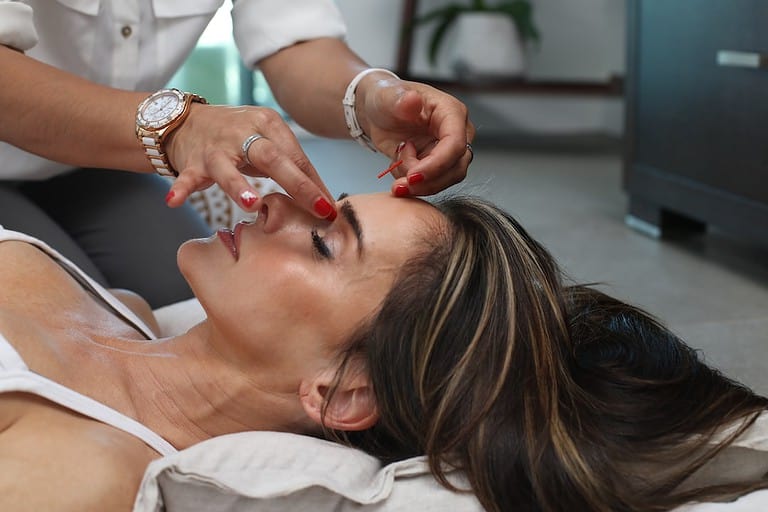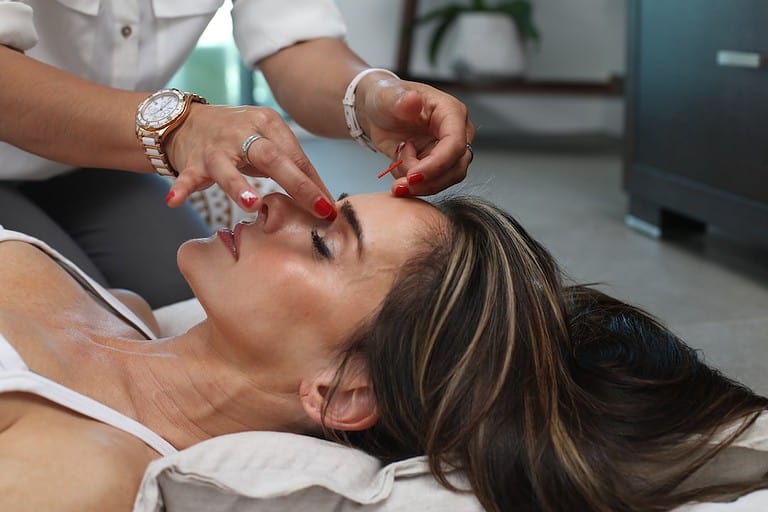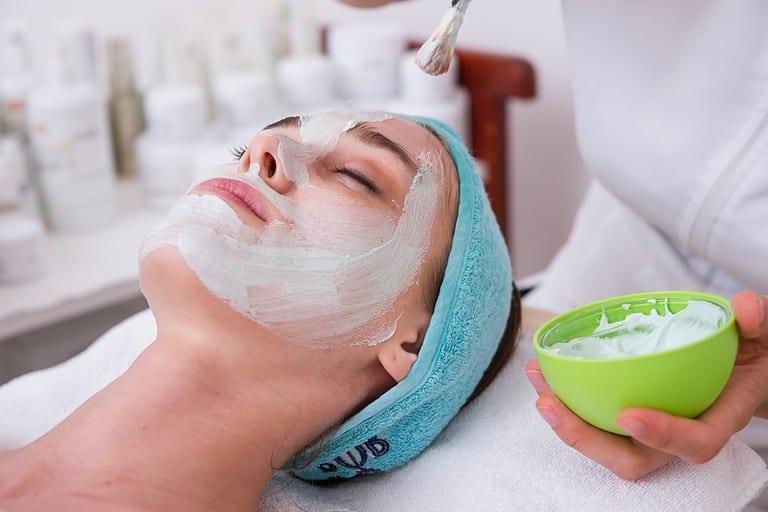What to Avoid After Hydrafacial: Care Tips for Best Results
Hydrafacial treatments can be an effective way to improve the appearance of your skin, but it’s important to understand what to avoid after hydrafacial. Knowing how to properly care for your skin both before and after treatment is essential in order to maximize its benefits and reduce any potential risks or side effects.
This guide will provide helpful tips on pre-hydrafacial care, post-hydrafacial care, long-term care after hydrafacial treatment, as well as when you should seek medical attention if necessary. Read on for more information on what to avoid after hydrafacial that could cause harm following this popular skincare routine!
Table of Contents
Post-Hydrafacial Care
Avoid Excessive Sun Exposure
After receiving a Hydrafacial, it is important to limit sun exposure as much as possible. The procedure can make your skin more sensitive and vulnerable to UV rays, so wearing sunscreen with SPF 30 or higher when outdoors is recommended. Additionally, you should wear protective clothing such as hats and sunglasses when outside for extended periods of time.
Use Gentle Cleansers and Moisturizers
When cleansing your face after a Hydrafacial treatment, use gentle cleansers that do not contain harsh chemicals or fragrances. Avoid using exfoliants or scrubs during this period since they can irritate the newly treated skin cells. It’s also important to moisturize daily with products specifically designed for post-Hydrafacial care in order to keep the skin hydrated and nourished.
Long-Term Care After Hydrafacial Treatment
Wear Sunscreen Regularly
After a Hydrafacial, it is essential to wear sunscreen regularly in order to protect your skin from sun damage. Choose an SPF 30 or higher with broad-spectrum protection against both UVA and UVB rays. Reapply every two hours when outdoors, even on cloudy days.
Avoid Exfoliating Products and Treatments
It is important to avoid exfoliating products and treatments for at least one week following a Hydrafacial treatment in order to allow your skin time to heal properly without irritation or inflammation. This includes any physical exfoliants such as scrubs, brushes, loofahs, sponges, etc., chemical exfoliants like glycolic acid or retinol creams/serums, and professional treatments such as microdermabrasion or laser resurfacing.
In addition to avoiding certain products and treatments post-Hydrafacial, it is also important to maintain healthy habits in order to keep your skin looking its best over time. Eating nutritious foods rich in antioxidants can help reduce signs of aging while drinking plenty of water helps keep the skin hydrated from within which can prevent dryness and dullness caused by dehydration.
Additionally, getting enough sleep each night helps repair damaged cells so they can function optimally throughout the day; this includes our skin cells.
When to Seek Medical Attention After Hydrafacial Treatment
Signs of Infection or Allergic Reaction
If you notice redness, swelling, itching, pain, pus formation, fever, or other signs of infection at the site where you received your Hydrafacial treatment then it’s best to seek medical attention right away. You should also watch out for an allergic reaction such as hives or difficulty breathing which could indicate an allergy to one of the products used during your procedure.
Unusual Pain or Discomfort in Treated Area
Some discomfort is normal after a Hydrafacial treatment but if you experience severe pain that doesn’t subside with over-the-counter medications like ibuprofen then it might be time to call your doctor. Additionally, if there are any changes in sensation such as numbness or tingling then this could signal nerve damage and should be evaluated by a professional.
Persistent Redness or Swelling
It’s common for some redness and swelling to occur after a Hydrafacial treatment but if these persist beyond two weeks then it may be cause for concern and warrant further investigation from your healthcare provider. In addition to persistent redness and swelling look out for any discoloration on the skin around the treated area as this can also signify an underlying issue that needs addressing.
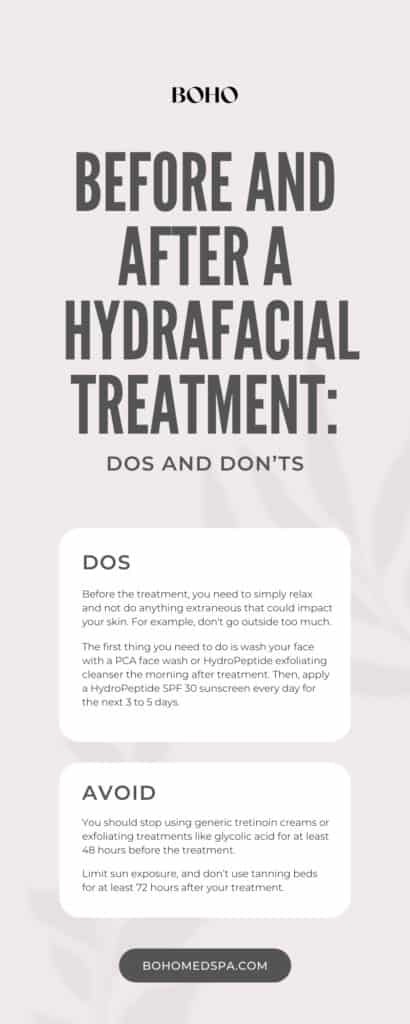
(Source)
FAQs in Relation to What to Avoid After Hydrafacial
Why does my face look worse after a HydraFacial?
HydraFacials can be beneficial for many skin types, but it is important to note that some people may experience temporary side effects such as redness, irritation, or breakouts. This is due to the deep cleansing and exfoliation process of the treatment which can cause inflammation in some cases.
Additionally, if you have sensitive skin or are using certain over-the-counter acne medications that make your skin more prone to sensitivity, this could also lead to a worsening of symptoms after a HydraFacial. It’s best to speak with your aesthetician prior to any treatments so they can advise on what will work best for your individual needs.
Conclusion
It is important to follow the pre-and post-treatment instructions given by your skincare specialist and take extra precautions such as avoiding direct sun exposure or using harsh products on your skin. If you experience any adverse reactions after a Hydrafacial, it is recommended that you seek medical attention immediately. By following these tips, you can practice what to avoid after hydrafacial and enjoy beautiful glowing skin for years to come!
Are you looking for ways to improve your family’s health and well-being? A HydraFacial is a great start, but what comes after can be just as important. To ensure the best results, it’s essential to avoid certain activities such as using harsh exfoliators or tanning beds for 24 hours following treatment.
Additionally, avoid excess sun exposure and use SPF protection when outdoors! Smart Living Now provides no fluff wellness resources that help families take control of their own health – so don’t wait any longer; get started now on your journey towards healthier living!

